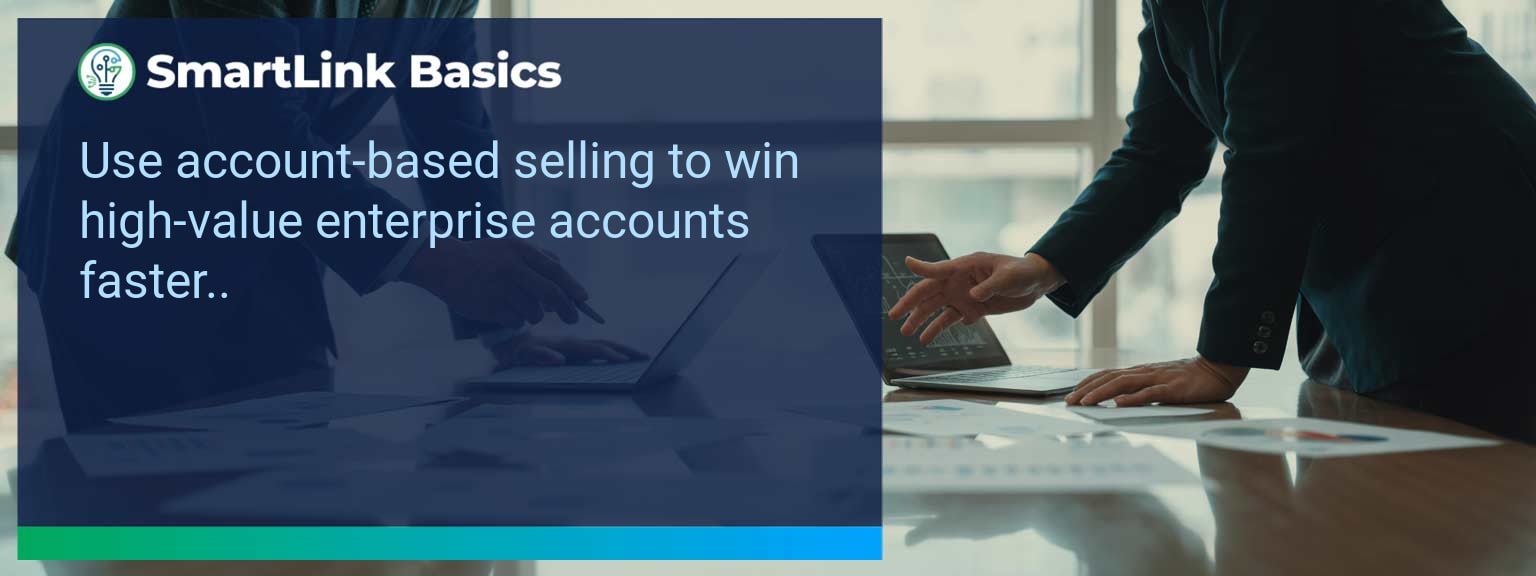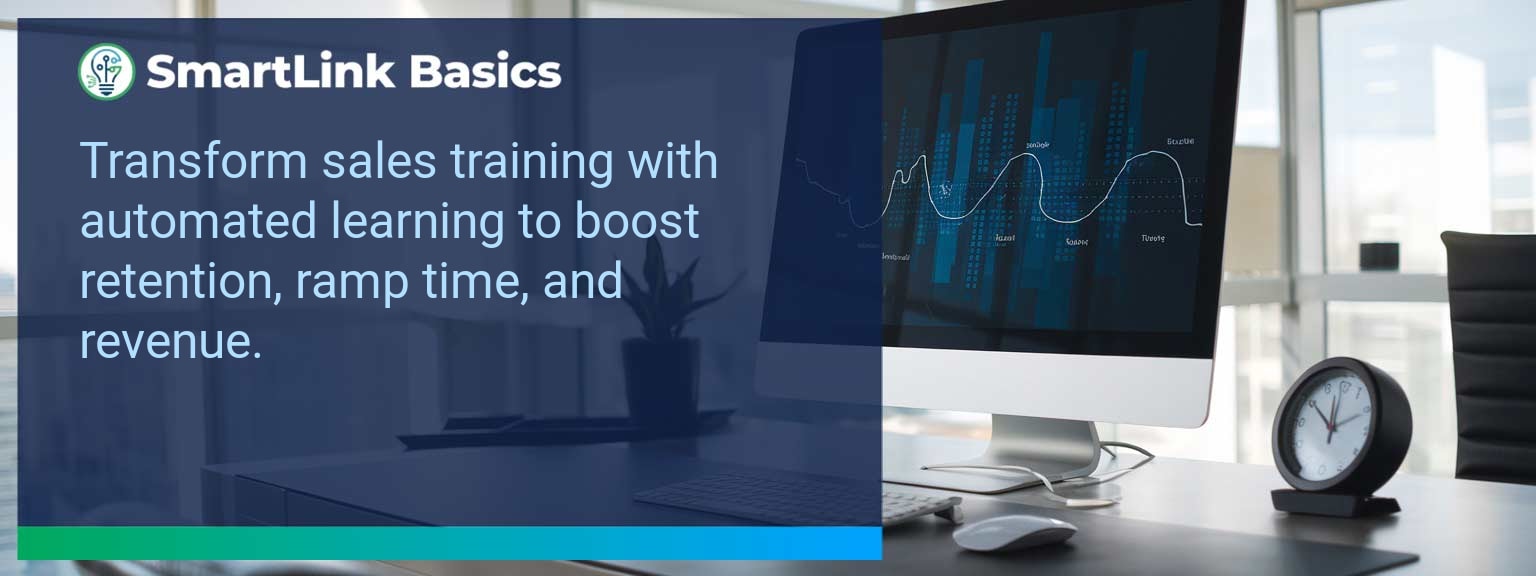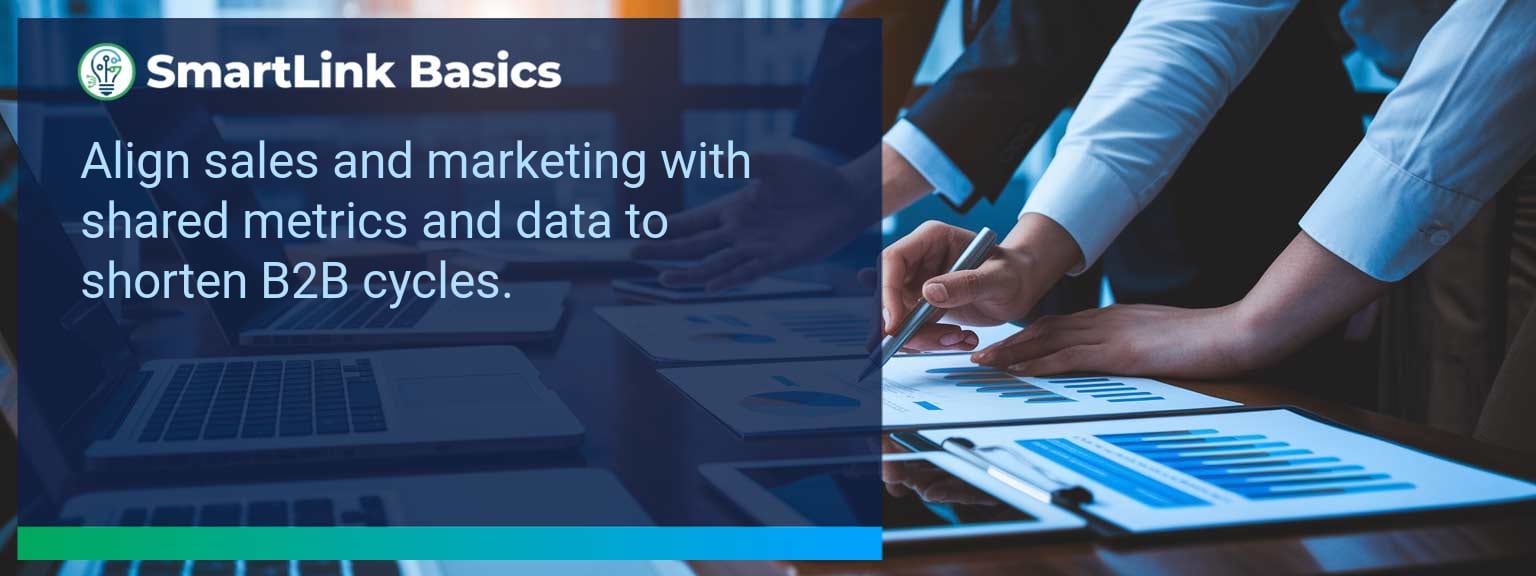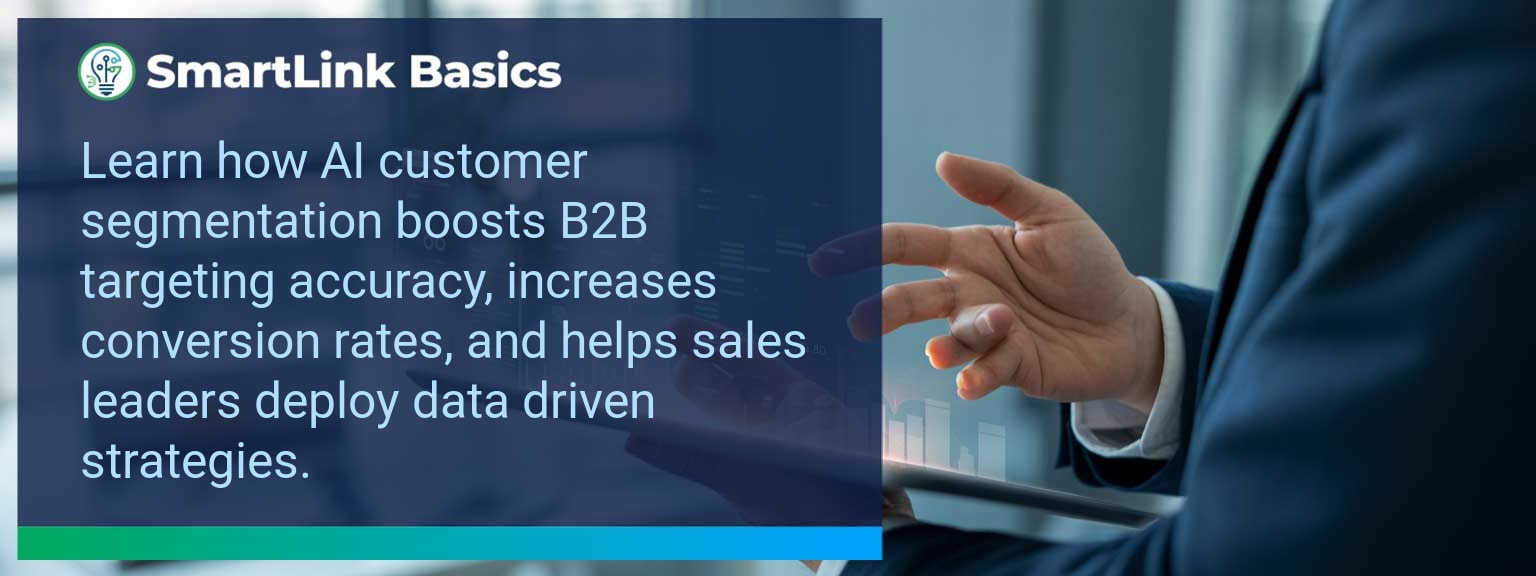Industry data shows that organizations adopting AI-driven automation achieve cost reductions of up to 30% while accelerating sales cycles by 20% or more (McKinsey, 2024). For sales leaders, AI automated workflows now define competitive advantage, enabling teams to reallocate time from repetitive tasks to high-value engagements. At SmartLink Basics, we help decision-makers implement these systems strategically, ensuring they integrate with existing revenue operations. In this article, you’ll see how AI automated workflows power business outcomes, the common obstacles that slow adoption, and practical steps to optimize processes. You’ll walk away with proven examples, a 90-day action blueprint, and measurable KPIs to track results.
- Automate repetitive administrative and CRM updates with AI.
- Integrate machine learning to personalize outreach at scale.
- Streamline approvals, quotes, and contract workflows for speed.
- Use predictive analytics to prioritize sales opportunities.
- Track adoption and performance with targeted metrics.
AI Automated Workflows: What Changed and Why It Matters
AI adoption has shifted from experimental to operational, making automated workflows a standard in high-performing sales organizations. The real advantage lies in combining workflow automation with artificial intelligence workflows to optimize every step of the revenue process. Sales leaders now use AI to synchronize touchpoints, reduce manual inputs, and ensure faster execution. For example, a B2B SaaS leader introduced automated lead enrichment and routing, cutting qualification time by 60%. Actionable insight: Audit processes for time-intensive handoffs and apply AI where repeatability is high.Redesign the Revenue Operating System With AI Automated Workflows
ICP, Segmentation, and Targeting AI-enabled segmentation uses historical wins, firmographic, and behavioral data to dynamically update ICP profiles. This ensures targeting precision without quarterly re-work. Pipeline Architecture Automated workflows push opportunities through the right stages based on engagement signals. AI flags at-risk deals for intervention. Plays and Messaging Integrated automation tools deliver personalized sequences based on buyer activity, increasing relevance at every touchpoint. Operating Cadence AI schedules follow-ups, forecast calls, and account reviews based on actual pipeline movement rather than static calendars. Actionable insight: Implement automation that adapts in real-time to both internal and buyer-driven events.Common Obstacles To Achieving Seamless Automation
The most frequent challenges are fragmented systems, inconsistent data quality, and cultural resistance. Without a unified data layer, automation amplifies errors rather than solving them. Coca-Cola Europacific Partners reported needing a full data governance upgrade before AI could improve sales workflows. Leaders must first assess infrastructure readiness and train teams to trust AI-influenced recommendations. Actionable insight: Before deployment, establish clean data practices and a single source of truth.Implementing AI To Optimize Workflows
Effective deployment of AI process optimization starts with mapping current-state processes, identifying friction points, and matching them with automation tools. For example, automating proposal generation based on CRM opportunity data can reduce turnaround from three days to one hour. Solutions combining business process automation platforms with machine learning integration enable continuous performance improvement. Actionable insight: Pilot in one high-impact stage, measure, and then expand.Tangible Benefits From Automated Processes
The benefits extend beyond time savings — sales leaders gain a scalable system. Tangible outcomes include faster quote-to-close, higher lead conversion, and better forecast accuracy. A manufacturing firm implemented AI-assisted order processing and cut errors by 40%, improving on-time delivery rates. Actionable insight: Track both speed and accuracy to measure workflow automation effectiveness.Metrics That Matter
| Category | Metric | Definition | Target |
|---|---|---|---|
| Leading | Workflow Completion Rate | % of automated sequences executed without manual intervention | 95%+ |
| Leading | AI Suggestion Adoption Rate | % of AI-generated action recommendations executed by reps | 80%+ |
| Lagging | Cycle Time Reduction | Decrease in time from lead entry to closed-won | 20%+ |
| Lagging | Revenue Per Rep | Average sales revenue generated per sales rep per quarter | +15% YoY |
| Quality | Automation Error Rate | % of workflows that trigger incorrect outcomes | <1% |
| Quality | Customer Satisfaction Post-Automation | Average CSAT score after automation implementation | ≥ 4.5/5 |
Innovations And Next Steps For AI Automation
Emerging capabilities like AI-generated playbooks, intent-driven dynamic routing, and integrated AR for virtual product demos are shaping the next wave of sales automation. Companies integrating these tools early will outpace competitors in speed and personalization. Actionable insight: Stay ahead by testing emerging automation features quarterly and aligning them with evolving buyer expectations.Get the 90-day plan, coaching rubric, and dashboard template to operationalize AI in your enablement program.
Turning AI Automation Into a Revenue Multiplier
AI automated workflows are now a strategic lever for predictable, scalable growth. This guide outlined current applications, adoption challenges, a 90-day execution plan, and measurable success criteria. To make automation pay off, sales leaders should integrate tools into one cohesive operating system and review results monthly for continuous improvement. Access more AI-driven sales enablement resources from SmartLink Basics to design a high-performance automation strategy. Sales leaders who neglect the efficiency of their funnel leave revenue on the table. SmartLink Basics has seen top-performing organizations dramatically increase lead conversion by reassessing each stage of their customer journey. A well-structured sales funnel is the backbone of predictable growth—yet gaps, leaks, and misaligned tactics are common even in established businesses. This guide examines proven sales funnel strategies that improve the digital marketing funnel, shorten sales cycles, and increase sales growth. You will learn how to identify weak points, deploy targeted optimization, and use technology for continuous gains. By the end, you will have a clear roadmap for optimizing sales process execution to deliver measurable and repeatable results.- Audit every stage of your sales funnel for conversion gaps.
- Refine ICP, segmentation, and targeting to attract high-quality leads.
- Implement data-driven plays and messaging across the funnel.
- Align sales and marketing through shared metrics and accountability.
- Leverage marketing automation to drive continuous optimization.
Identifying Gaps In Conversion Performance
Even high-volume pipelines suffer when specific touchpoints underperform. Low engagement in early stages, stalled middle-funnel deals, and low close rates often point to misaligned messaging or weak qualification processes. A conversion rate drop between any two funnel stages signals a need for deeper analysis. For example, a B2B SaaS company might lose 40% of leads during demo scheduling, revealing friction in hand-offs from marketing to sales. Mapping the customer journey against actual performance data quickly isolates problem areas. Actionable insight: track lead progression metrics weekly and flag deviations from benchmarks for immediate review.Implementing Targeted Optimization Techniques
Optimization in a sales funnel should start with the segments that offer the highest ROI potential. Begin by refining ideal customer profiles (ICPs) to ensure resources are allocated toward the most profitable accounts. Improve messaging to address segmented pain points directly, and deploy nurturing workflows to maintain relevance throughout the sales funnel marketing sequence. One mid-market firm achieved a 20% lift in opportunities by introducing automated follow-up sequences post-webinar—keeping leads engaged until sales outreach. Actionable insight: pair content personalization with automation triggers to sustain high engagement.Achieving Measurable Growth And Conversions
Sales growth hinges on tracking the right performance signals. Leading indicators such as meeting-to-opportunity conversion rates guide tactical adjustments faster than revenue reports alone. Tools like CRM dashboards allow leaders to visualize real-time funnel velocity. For example, shifting more marketing-qualified leads to targeted account-based plays improved one company’s close rate by 15% in a single quarter. Actionable insight: align your measurement framework so lagging indicators validate strategy, while leading indicators inform day-to-day adjustments.| Category | Metric | Definition | Target |
|---|---|---|---|
| Leading | Stage-to-Stage Conversion Rate | % of leads advancing from one funnel stage to the next | 75%+ |
| Leading | Follow-Up Speed | Average time to first follow-up after lead capture | Under 1 hour |
| Lagging | Close Rate | % of total opportunities that result in closed deals | 30%+ |
| Lagging | Quarterly Revenue Growth | % increase in revenue compared to previous quarter | 10%+ |
| Quality | Lead Fit Score | Assessment score based on ICP match criteria | 8+/10 |
| Quality | Proposal Accuracy | % of proposals delivered without revisions for errors | 95%+ |
Leveraging Technology For Continued Improvements
Sustainable funnel optimization depends on systems that adapt as market conditions shift. CRM automation, AI-driven lead scoring, and behavior-triggered messaging are now essential components of high-performing sales funnel strategies. These tools ensure that every lead interaction is timely, relevant, and informed by data. For example, integrating AI into a digital marketing funnel can surface ready-to-buy leads that sales teams previously overlooked. Actionable insight: periodically review your tech stack for underutilized capabilities that could accelerate your optimizing sales process initiatives.Get the 90-day plan, coaching rubric, and dashboard template to operationalize AI in your enablement program.









